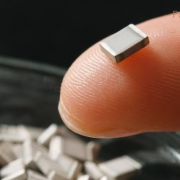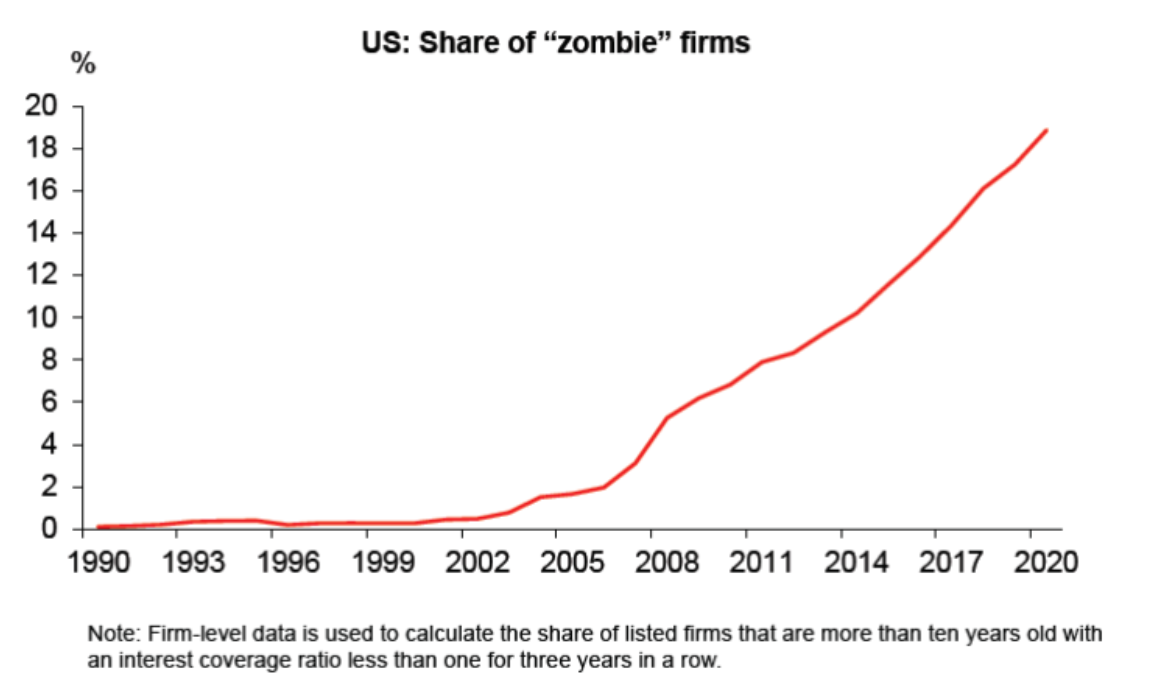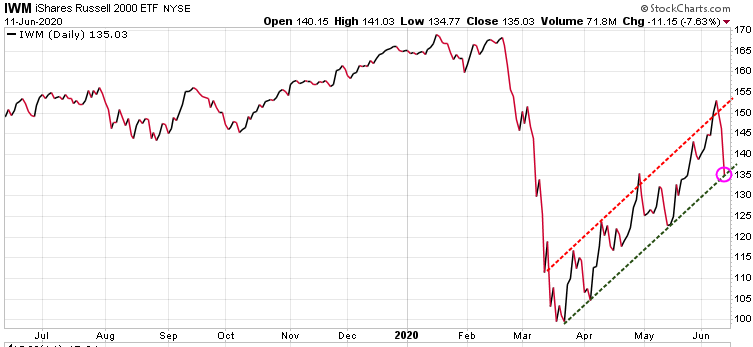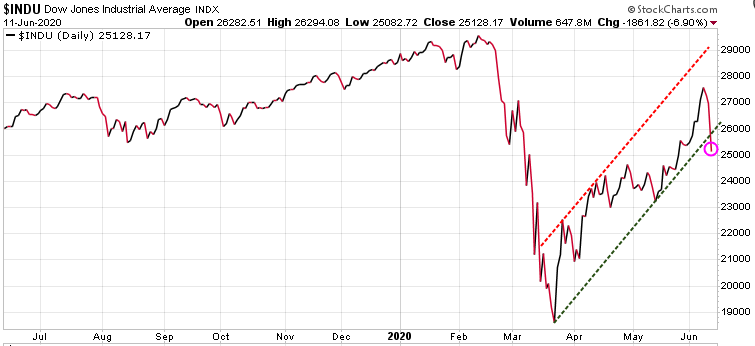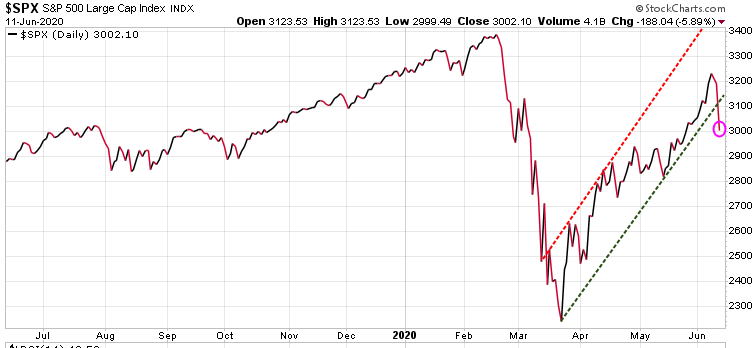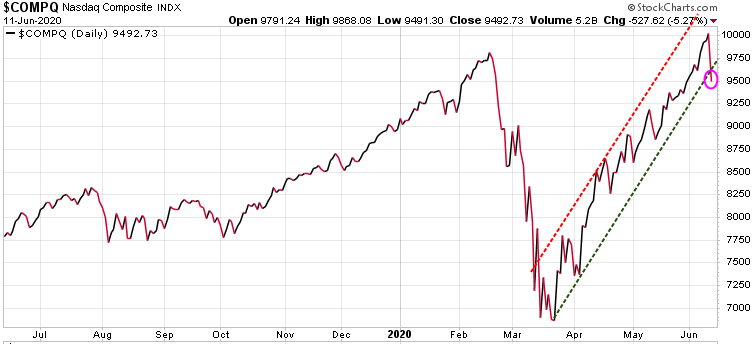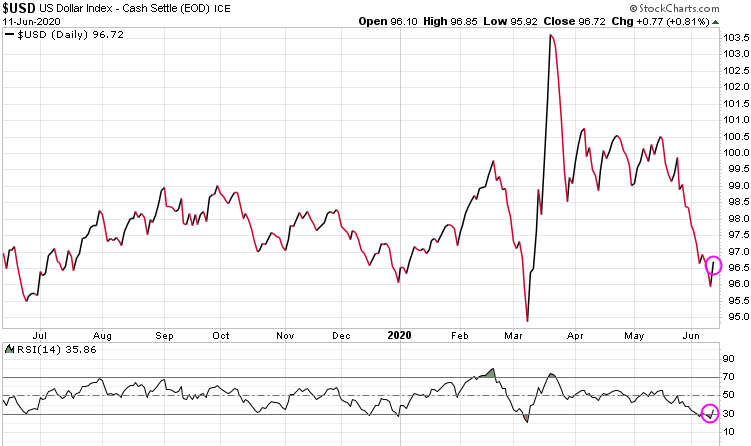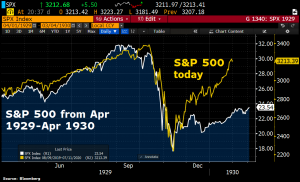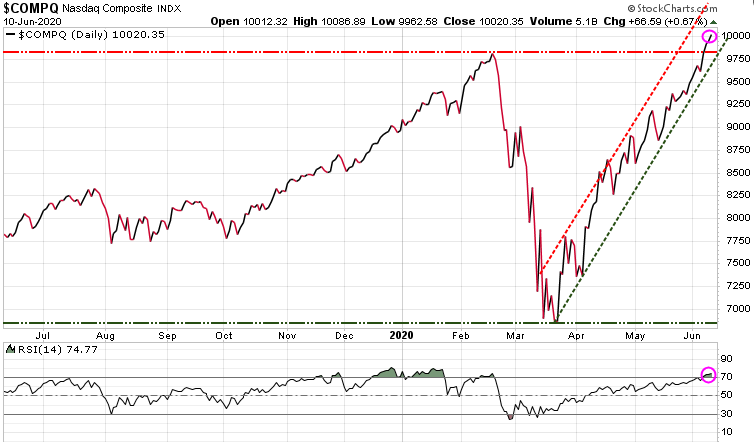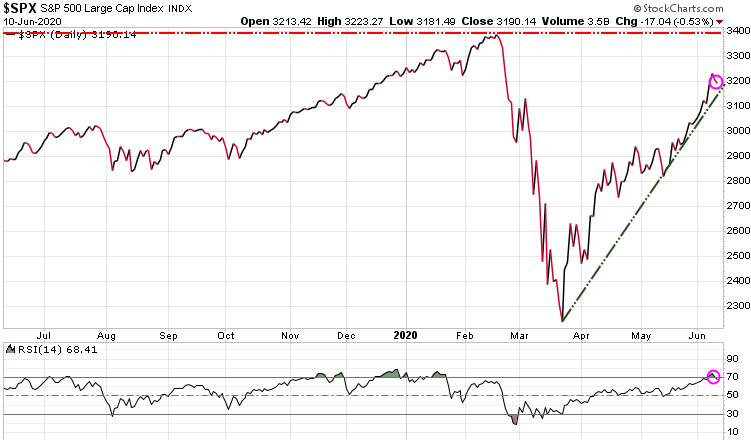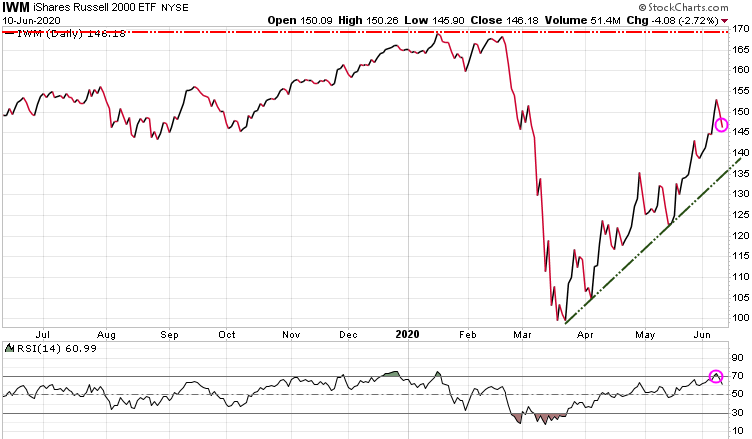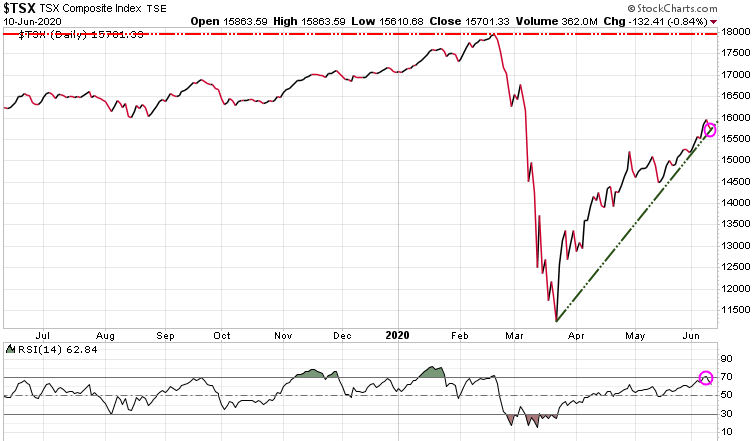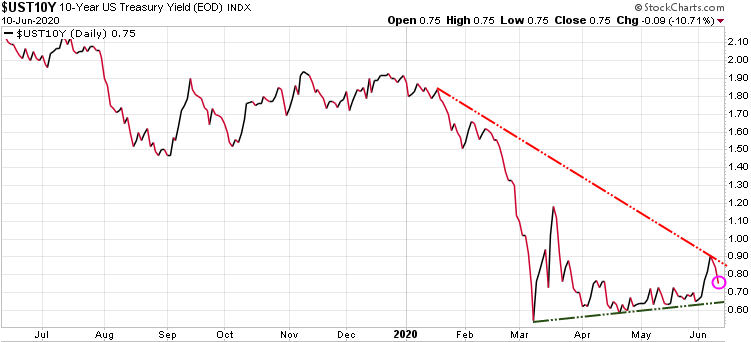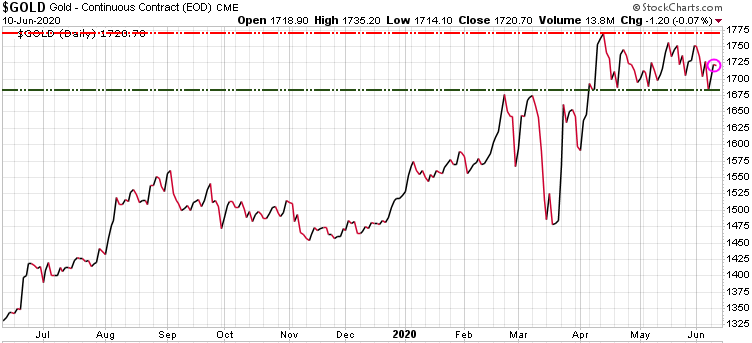Who’s leading the Charge?
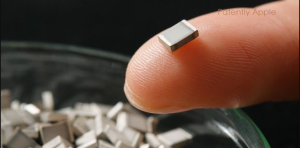
Soon after the discovery of electricity there were many related discoveries and inventions that enabled the generation and storage of electricity. It was Ben Franklin who, in 1749, coined the word “battery”. However, it was the work of Luigi Galvani and Allesandro Volta that led to the first battery produced in 1800. Galvani noticed that a frog leg hanging on a brass hook would twitch when touching a scalpel to the hook, and thought that the source of the electricity was the frog leg, which he called animal electricity. Volta had a different theory about this phenomenon, which proved correct when he placed a wet salty cloth between plates of copper and zinc and attached wires to each plate, noticing that electricity was being produced. This, of course was the first “battery”, much as we envision them today.
Batteries work because of chemical reactions, and generally involve two different metals reacting in an electrolyte. In 1859, French physicist, Gaston Plante, developed the lead acid battery which is still used today to start our car engines. Lots of different battery compositions have been tried, but the next breakthrough came in 1980 when John Goodenough introduced the lithium ion battery, which is the current standard for the majority of our battery powered devices. These batteries can be sized and shaped for many purposes, but they do have a small risk of catching fire as happened with a few Samsung phones and other devices a short while ago. Battery improvements are needed, to increase safety, output, and longevity, so along comes John Goodenough again to develop the solid state battery.
The big change with solid state batteries is that the electrolyte, instead of being a liquid, is a solid, which is a huge advance. The solid state design has several advantages over liquid electrolyte designs, and the main ones are:
- more stable (much less likely to catch fire or explode)
- less costly to manufacture
- friendlier to the environment at the manufacturing level
- higher capacity for energy storage (batteries are often used to store power, as well as generate power)
- increased electrical output per cubic volume
- less weight and smaller size for equivalent output / storage
Given that we all have batteries in our life – in our cars, in our homes, in our electronic devices, and even sometimes in our bodies, then a better battery is likely to make our lives better too. As electric vehicles make further inroads they could have increased range, need fewer charging stops, and charge faster with solid state batteries. With the power to size ratio increasing we can envision batteries that are sized and shaped more effectively for small devices like pacemakers and hearing aids. There are many devices that could benefit from having a smaller, more powerful battery on board. Lithium-sulphur batteries are also being developed, however they cannot be made as small as solid state batteries.
There are many devices using batteries today and that number will increase dramatically as we move forward. The Internet of Things (IoT) already has an estimated 30 billion connected devices and the predictions are that we will reach 75 billion devices over the next five years, with all of them using sensors, timers, cameras etc. For the renewable energy sector solid state batteries offer a better and cheaper way to store energy generated by wind, sun, and waves. Cell phones will expand their range with more powerful batteries and they will go for longer times before needing a charge. Many healthcare devices could be improved by using solid state battery design to make them smaller, safer, and longer lasting. Electric vehicles may soon embrace solid state batteries, as Henrik Fisker (Fisker Inc.) is apparently only months away from putting the final design touches on a scalable solid state battery for his newest electric supercar, called “Emotion”. Clearly, the solid state battery has the potential to be disruptive in a large swath of human endeavours.
The aim of TREND DISRUPTORS is to discover, explore, and monitor scientific and technical developments, looking for the brightest ideas – – those that have the potential to “disrupt” a market sector. We publish relevant investment recommendations for our subscribers and publish blog articles discussing a variety of technology developments. The markets today are mired in uncertainty, but as investors looking for “disruptive” opportunities we will seek out companies that are using technology to be useful and profitable. Generally, disruptive technology stock recommendations are speculative and we advise caution and restraint.
TREND DISRUPTORS monitors technology and scientific developments, and identifies investment opportunities that can lead to success for the well informed investor.
Stay tuned!

